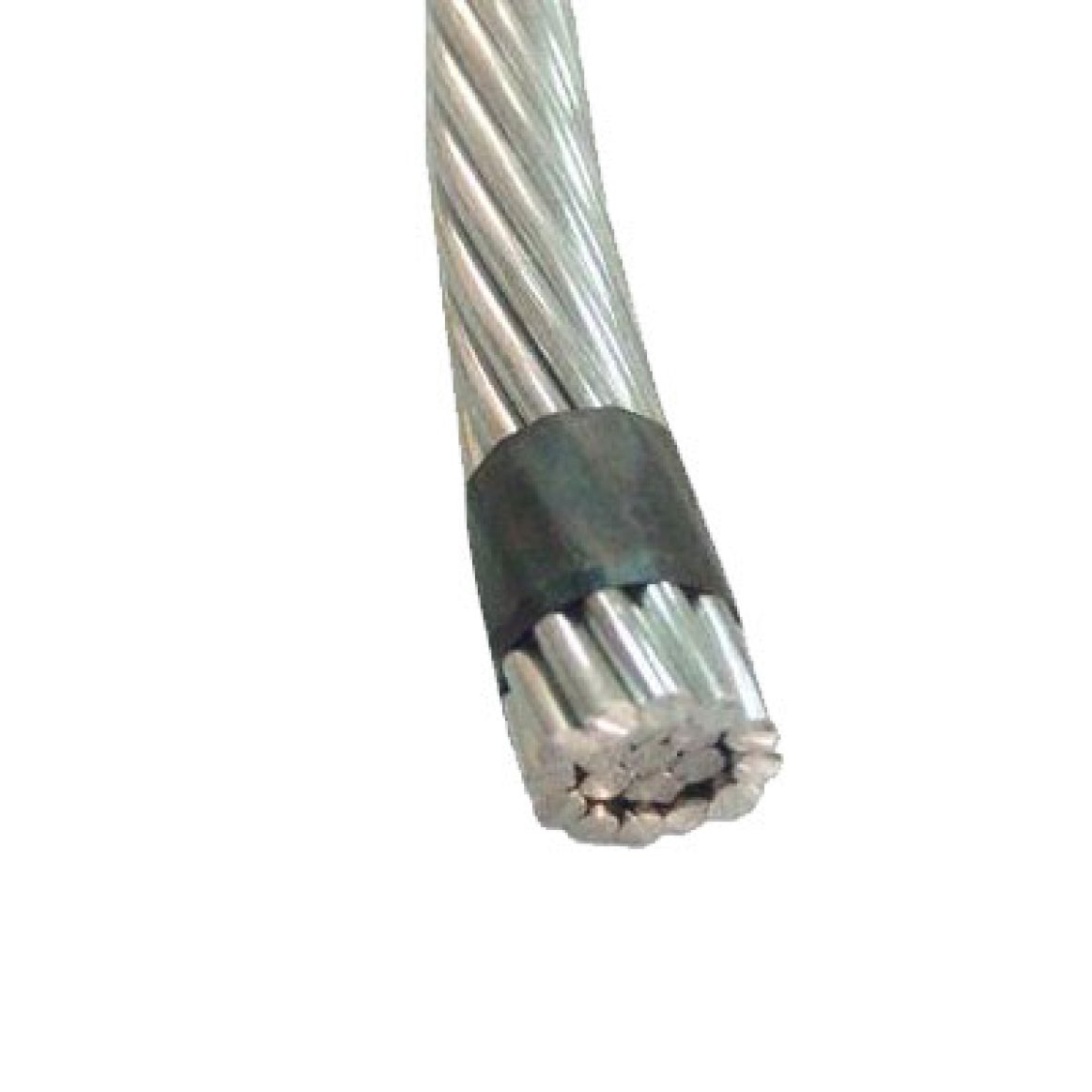



Polly Friendshuh, an instructor at Electrical Construction and Maintenance department of Dunwoody College of Technology, explains how to calculate the wire resistance and voltage drop in an electrical circuit in these two videos. Polly teaches the principle of electrical resistance and the factors that may effect resistance step-by-step by giving examples.
In the first video you would understand the calculation of the resistance formula,
Resistance (ohm) = (K x L) / CM , where;
- K (Current Constant)
- Temperature : Resistivity of a metal increases with increasing temperature
- Material : Better conductors have least resistance (Best conductor: Silver > Copper > Gold > Aluminum)
- K=12.9 (for copper) ; K=21.2 (for aluminum)
- L (Length of wire in feet)
- Resistivity increases when increasing distance
- Resistivity increases when increasing distance
- CM (Circular Mil, cross sectional size of a wire)
- The wire size (AWG: american wire gauge) determines the CM value.
- The smaller the CM value, the thinner the wire and the higher the gauge number.
- Please look at the table in the bottom of this article.
In the second video, Polly teaches how to calculate the Voltage drop with the following formula by giving an example.
Vd (Voltage drop) = (2 x K x I x L) / CM , where;
- K (Current Constant) - discussed above
- I (Current in Amperes)
- Higher the current, more voltage drop
- L (Length of wire in feet) - discussed above
- CM (Circular mil) - discussed above
Here is the chart for CM values (circular mil) for AWG sizes:
| American Wire Gauge AWG | Diameter (inch) | Circular Mil (CM) |
| 4/0 | 0.460 | 211,592 |
| 3/0 | 0.410 | 167,800 |
| 2/0 | 0.365 | 133,072 |
| 1/0 | 0.325 | 105,531 |
| 2 | 0.258 | 83,690 |
| 4 | 0.204 | 41,740 |
| 6 | 0.162 | 26,251 |
| 8 | 0.128 | 16,509 |
| 10 | 0.102 | 10,383 |
| 12 | 0.081 | 6,530 |
| 14 | 0.064 | 4,107 |
Published
14 years 4 months ago
Comments
Interesting video. Thanks for posting this.